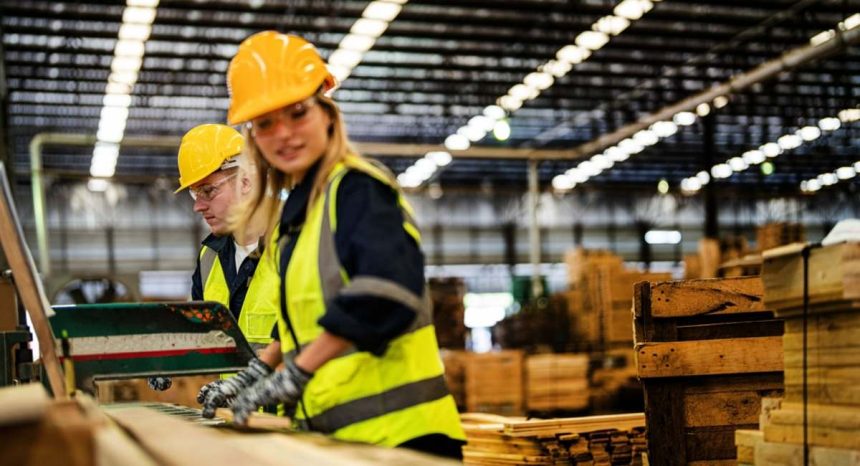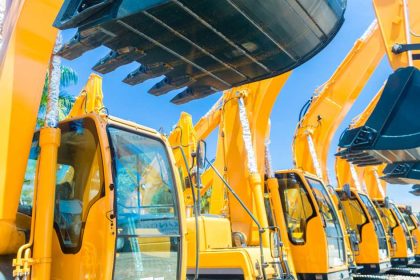Experts are predicting a price hike for structural timber after a recent ban was announced on harvesting native wood in south-east Queensland.
Timber Queensland CEO Mick Stephens is warning the lack of policy measures in the state’s budget for securing future timber supply risks blowing out construction costs and jeopardising project timelines across the already flailing residential construction industry.
“While we support the critical need to accelerate housing and building projects for a growing
population, the 2024-25 budget is weak when it comes to supporting essential supply chains such as timber for meeting the future construction of houses,” said Stephens.
“With high forecast housing demand, the state budget does not address longer term measures to expand investment in farm forestry and new plantations for future timber supply while the government is dragging its feet on securing future hardwood supply from state-owned and private native forests.”
In Queensland, hardwood and softwood are mainly harvested from government and privately owned native forests, as well as from commercial plantations.
Queensland has the largest proportion of Australia’s total forest area at 39 per cent, making it a massive timber source the construction industry has relied on for years.
But, according to Mr Stephens, the ban in state-owned forests will take about 60,000 hectares out of the supply chain and jeopardize the pipeline of new home builds needed for the Home for Queenslanders program.
The program has a target of 1 million new homes by 2046 (or 45,000 homes per annum,) which Queensland is already falling 15,000 homes short of every year.
“During COVID the housing and construction sector experienced materials supply shortages which led to blowouts in completion times as well as higher building costs and issues regarding the higher risks of imports with low environmental compliance,” said Stephens.
“Lack of action on a serious and sensible plan for the local timber industry will only increase these risks and exacerbate the ability for the state government to meet housing targets.”
The crackdown on the production of native hardwood in state-owned forests comes after a similar ban on native logging was announced in Victoria and Western Australia earlier this year.
What is QLD doing about it?
Back in 2019, the state promised to secure a timber pipeline for the industry by committing to a Native Timber Action Plan.
Under the agreement, the state would allow logging to continue in its “eastern hardwoods” region until at least 2026 and in the “western hardwoods” region until at least 2034.
Then-Agricultural Industry Development and Fisheries Minister Mark Furner said that the economics of timber industries around the world was changing and Australia and Queensland were not immune to that.
“This plan for the industry is honest, achievable, and realistic,” he said at the time.
“It will work with communities reliant on the industry to take the necessary steps needed to plan for their future.
“Sustainably managed timber is increasingly being recognised globally as the ultimate renewable and a key plank of the world’s response to climate change, carbon capture, and carbon sequestration.”
But Mr Stephens said the state has made little progress since then.
“It’s now 2024 and we have no action other than oneline in the budget papers to implement the plan with no funding commitments,” he said.
“Lack of action on the plan is putting in jeopardy an ability to guarantee essential building materials from a $700 million hardwood industry supporting 6000 jobs across the state,” Mr Stephens said.
“Over $140 million in new mill investment is stalled as hardwood supply contracts from state forests expire at the end of 2024.”
In hopes of securing the industry’s future, Timber Queensland has recommended the government implement a new 20-year hardwood supply contract from existing state forests and help landowners increase their timber yields with investments into private forestry education.
“Recent has found that state forests in South and Central Queensland generate better longterm environmental and social outcomes compared to if they were managed as national parks, with sustainable timber production an important benefit,” Mr Stephens said.







